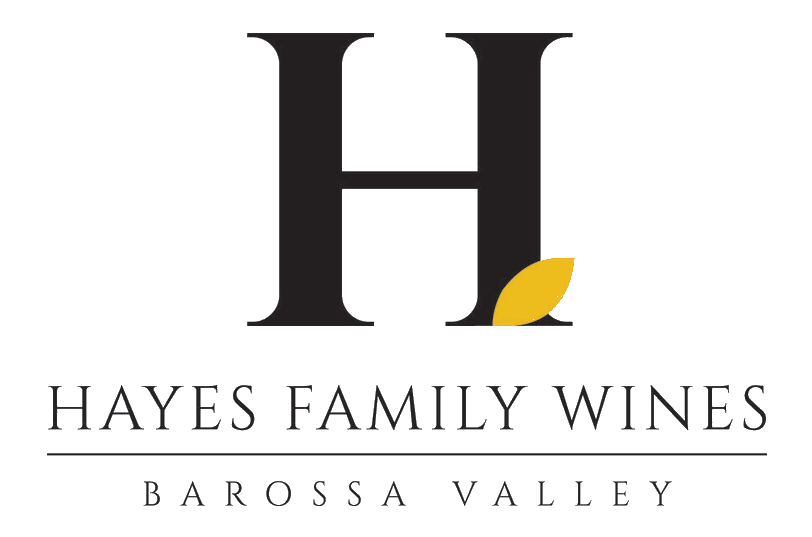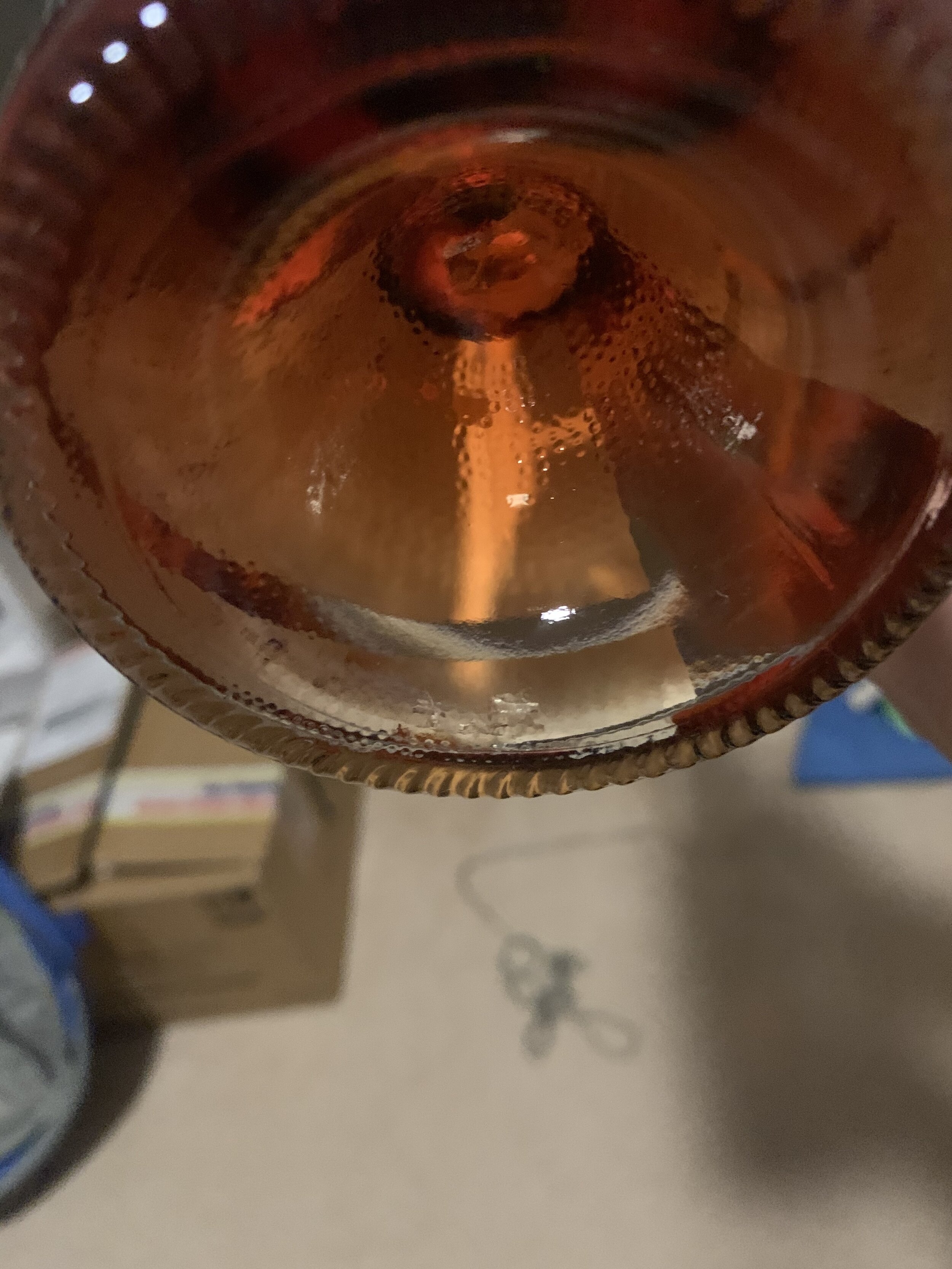So you have some sediment in your Wine?
So you have something in your Wine?
Larger wine companies have traditionally gone to extreme lengths to avoid or minimise any cloudiness or deposits prematurely forming in a bottled wine. This can include fining (often with natural products) and often very fine filtering is used in both whites and reds.
We have traditionally not fined our wines (and hence they are vegan) and do not filter our reds. We do apply a coarse filter to our white wines to minimise cloudiness whilst preserving the natural flavours of the wine.
Winemakers not fining and filtering has seemingly become a marketing strategy. But does it really matter? We are seeing increased incidents of solid deposits in wine with sediment perhaps being the most discussed and the source of many debates in respect to decanting. But there are many other deposits that are naturally occurring from time to time (foreign deposits are rare, such as glass fragments etc, and are subject to recalls and clearly should be avoided).
The Winemaking Process
The winemaking process is a simple process - grapes are picked, fermented, matured, bottled and drank. But the process itself is a series of chemical reactions, the most important of which is the conversion of sugar in the grapes to alcohol in the wine. The variables are significant and each winemaker makes decisions around lees (leftover yeast particles), fining, filtering among the many decisions that get made. These decisions impact the wine in many ways, including the appearance at bottling and during maturation.
Common Deposits in your wine
Sediment
Dregs, as they are commonly referred too, are sediment sometimes found in a bottle or glass of wine. They’re made of yeast cells as well as leftover grape solids (stems, seeds, skin), tartrates (tartaric acid crystals), and any other solids leftover from the winemaking process. When the sediment is in the wine barrel it’s called “lees.”
It settles on the bottom side of the bottle if laying down or the base if left to stand for a few days. With decanting (or straining), this substance can be separated but it is not harmful to consume.
White Diamonds
As for Rose or white wines, any crystals seen will most likely be tartrates. They are harmless but can be a surprise. Tartrates – or more lovingly, “wine diamonds” – are formed from tartaric acid which is naturally occurring in all wines and provides structure, balance and flavour.
When we prepare a white and rose wine for bottling, we check for cold stability as we know the wines will be chilled. This means checking the wine is stable at low temperatures and will not typically throw tartrates. We normally chill them to zero or close to zero as part of the testing. However, if you chill the wine to less than 0 degrees, which can happen, you may see crystals form in the bottle. They are harmless and are naturally occurring, but you can decant or run through a sieve if you are concerned.
Foreign objects
The occurrence of foreign objects such as glass, bugs etc are rare in the modern wine industry. Procedures and controls are tightly governed. They do occur, and recall produces are in place to manage how impacted wines are removed from market. If you find a foreign deposit you should report it and retain for investigation, but do not consume. The winery will be happy to replace.
Other
The environment can also impact what we see in the wines, not just in the taste but also the deposits we might find. 2020 was the culmination of several years of severe drought, vines suffered, and in a small number of 2020 Rose bottles we have seen calcium deposits forming. Again, not dangerous, and very uncommon, but perhaps a sign of ongoing vine stress.
So Don’t Worry…it will be fine!
There is no doubt that the appears of sediment or crystals in your wine can be distracting, and is worthy of discussion but they are most likely harmless and just part of the process. If you are at all concerned, contact the winery involved, I am sure they would be happy to replace the offending bottle. Otherwise, decant, strain, or just ignore, drink up and enjoy!
POSTSCRIPT - GREAT ARTICLE in DEcanter magazine
I think this decanter article, published in late August 2024 provides a great overview, Why are there crystals in my wine?



